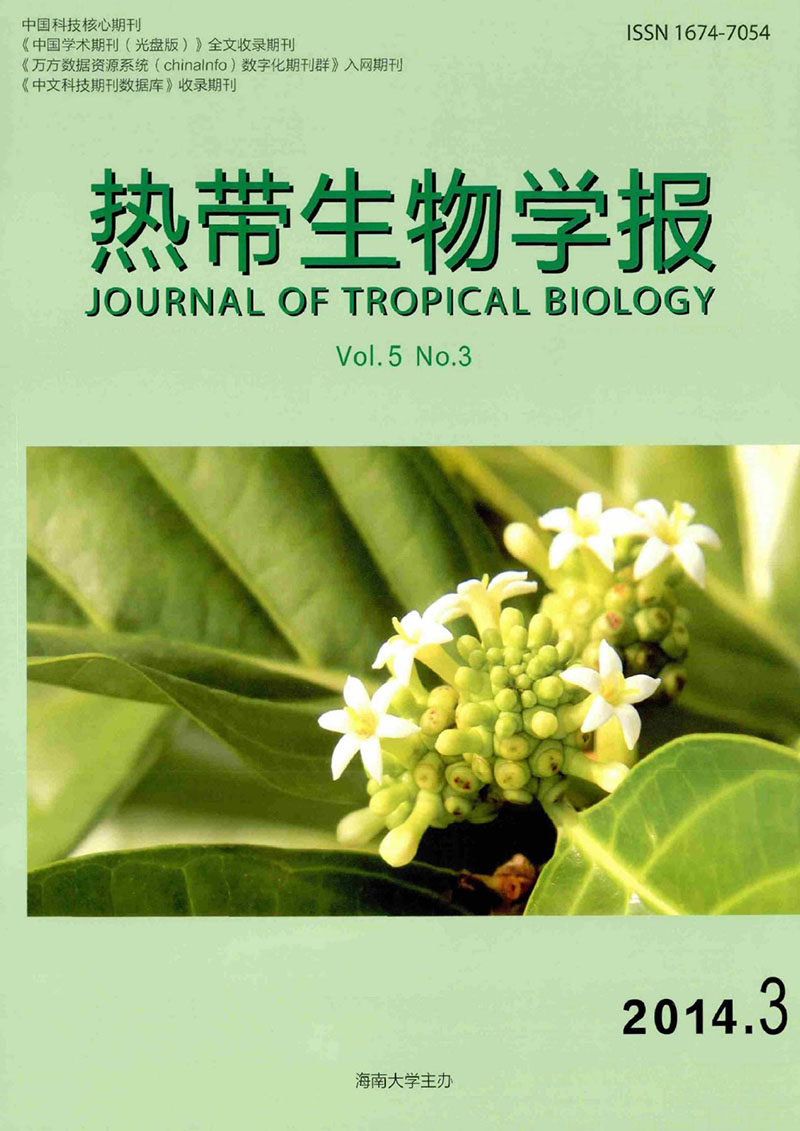Effects of Ammonia Nitrogen Concentrations on Litopenaeus vannamei Infected with White Spot Syndrome Virus
doi: 10.15886/j.cnki.rdswxb.2014.03.003
- Received Date: 2014-03-28
-
Key words:
- ammonia nitrogen /
- Litopenaeus vannamei /
- white spot syndrome virus /
- real-time quantitative PCR /
- virus content
Abstract: Marine shrimp Litopenaeus vannamei inoculated with WSSV( white spot syndrome virus) and cultured in graduate and acute changes of ammonia nitrogen concentrations to observe WSSV proliferation in L. vannamei.The ammonia nitrogen in the acute changes from the initial concentration 0. 05 mg·L-1to 1. 25 mg·L-1and 3. 0mg·L-1produced a significant effect( P < 0. 05) on the mortality of L. vannamei and the virus proliferation in L. vannamei. The shrimps treated with ammonia nitrogen at an acute change of concentrations of 0. 05 mg ·L-1,1. 25 mg·L-1and 3. 0 mg·L-1followed by inoculation of WSSV showed respective cumulative mortality rates of 25. 6%,34. 4% and 48. 9%,respectively with the maximum virus contents of 9. 59×105,5. 75×106 and 1. 62×106copy·g-1. However,the shrimps inoculated with WSSV prior to acute change of the ammonia nitrogen concentrations had the cumulative mortality rates of 30%,38. 9% and 48. 9%,respectively,with the maximum virus contents of 9. 59×105,9. 58×105 and 4. 94×106 copy · g-1. Every group in the graduate change of ammonia nitrogen had a lower mortality of the shrimps at 24 h but started to show significant difference in mortality at 48 h( P < 0. 05). The shrimps inoculated with WSSV after treated with graduate change of ammonia nitrogen concentrations of 0. 05 mg·L-1,1. 25 mg·L-1and 3. 0 mg·L-1showed the cumulative mortality rates of 28. 9%,30. 0% and 45. 6%,respectively with the largest virus contents being 9. 59×105,4. 48×106 and 1. 86×106copy·g-1. The shrimps inoculated with WSSV before treated with the ammonia nitrogen at a graduate change of concentration displayed cumulative mortality rates of 25. 6%,33. 3% and 45. 6%,respectively,with the largest virus contents being 9. 59×105,8. 58×105 and 6. 55×106copy·g-1. These results showed that the WSSV carrying shrimps are likely easy to change from latent to acute infection when the ammonia nitrogen concentration is changed more rapidly in culture of the shrimps. It is hence of paramount importance to control the ammonia nitrogen content in water at a low concentration level to prevent the outbreak of WSS.
| Citation: | XIANG Yun, WANG Gang, GONG Yong, CHEN Zhaoming, ZHANG Rui, SUN Chengbo. Effects of Ammonia Nitrogen Concentrations on Litopenaeus vannamei Infected with White Spot Syndrome Virus[J]. Journal of Tropical Biology, 2014, 5(3): 220-227. doi: 10.15886/j.cnki.rdswxb.2014.03.003 |






 DownLoad:
DownLoad: